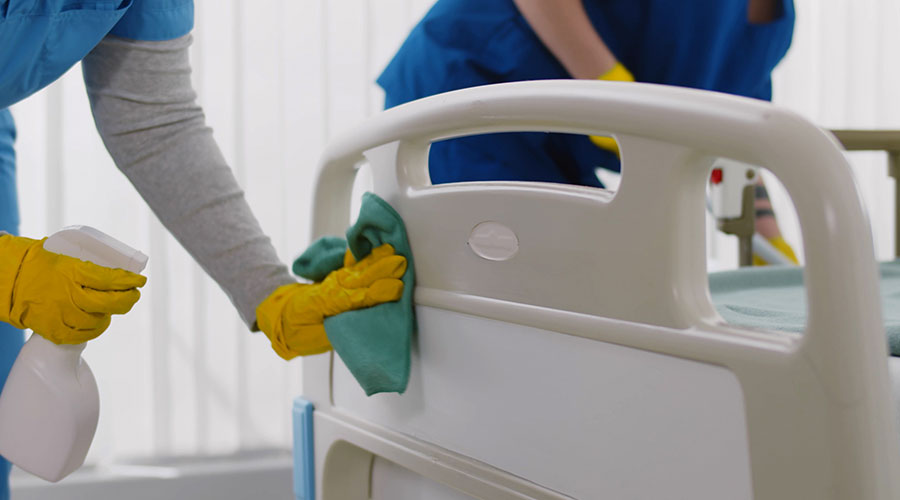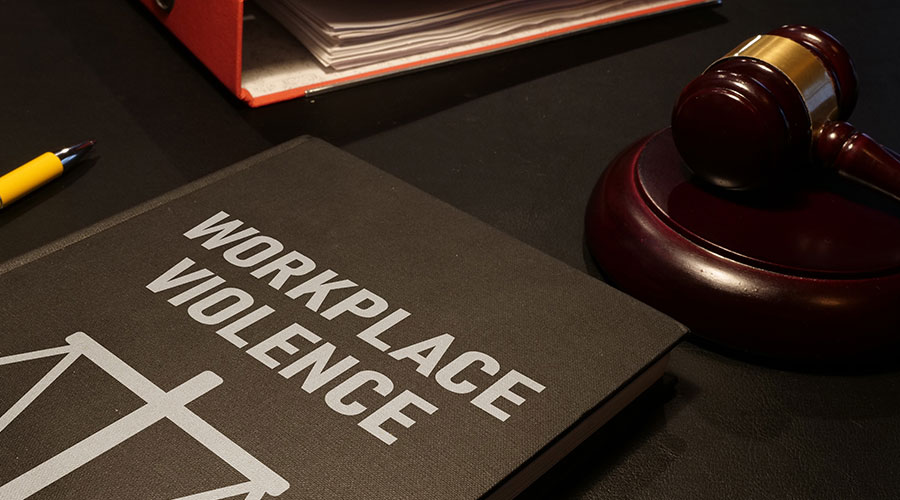Although the current labor environment has seen some signs of improvement recently, attracting and retaining cleaning staff is still challenging. This circumstance definitely applies to the senior living facilities market segment.
Whether the senior living community in question is a skilled nursing facility, a continuing care retirement community, a memory care assisted living community, an assisted living facility, a hospice care facility or an independent living community, the unfortunate reality is that these staffing challenges can lead to inadequate cleanliness and hygiene, which can then result in compromised care and resident well-being.
While a shortage of qualified personnel, high turnover rates and a demanding work environment have traditionally contributed to difficulties in attracting and retaining cleaning staff for these types of facilities, it remains critical for senior living communities to be able to provide a clean, healthy and safe space for their residents.
Keeping the facility clean and hygienic is vital for infection control and overall resident comfort and satisfaction. Facility cleanliness, infection prevention and odor control help attract and retain residents, improve the satisfaction of residents’ families and contribute to higher scores on the Center for Medicare and Medicaid Services’ 5-Star Quality Rating System.
What can an environmental services manager in a senior living community do to put themselves in the best position to keep their facilities clean and inviting?
The cleaning budget
The primary contributor to the cost of cleaning any facility is labor. Up to 95 percent of the total cost of cleaning is related to labor and employee benefits, and only 5 to 10 percent of the cost is related to cleaning supplies. So it stands to reason that the best way to control cleaning costs and maximize labor efficiency in any cleaning budget is to focus on how the cleaning labor is being allocated.
Whether cleaning is performed in-house or outsourced, managers in senior living facilities are continually being asked to do more with less. When the job market is tight, managers in charge of senior living communities will be asked, “How do we lower cleaning costs?” and “How do we maintain a high-quality cleaning result within the budget?”
While it has always been important to be able to answer the question, “How many people do we need to clean the building?” in an ongoing environment of budget pressures and reductions and difficulty in attracting and retaining cleaning staff, the ability to calculate and justify cleaning staff needs is even more crucial than ever.
Three strategies for cleaning labor
To get a handle on cleaning costs and put themselves in the position to maximize available cleaning labor resources, managers need to employ the following strategies:
Workload the facility. Determine the amount of time it takes to perform each cleaning task using current cleaning processes.
Mechanize the cleaning process. Identify cleaning tasks that can be completed with machines to aid cleaning staff and increase efficiency.
Train the cleaning staff. Provide cleaning staff with the education and development that allows them to perform each of their cleaning tasks most effectively, efficiently and safely.
Strategy one: Workload the facility
The process of workloading a facility helps determine the number of employees required to keep it clean. By identifying cleaning tasks performed in the facility and determining the frequency at which those tasks need to be completed, managers can produce a scope of work for the facility.
Once the scope of work has been confirmed, applicable production rates can be assigned for each task, and the manager can more accurately determine the number of cleaning workers needed to get the facility clean and which cleaning tasks are taking up the most staff time.
Strategy two: Mechanize cleaning
Once the workloading process has been completed, managers have an opportunity to identify cleaning tasks that can be performed more efficiently through mechanization. For example, instead of mopping long hallways with a mop, bucket and wringer — a cleaning task that can be performed at the rate of 4,000 square feet per hour, according to cleaning industry standards — an autoscrubber can mechanize the process to complete the task much faster.
When one considers that a small microscrubber can clean at a rate of 7,000 square feet per hour according to published cleaning industry standards, a 75 percent increase in productivity can be achieved.
Related: Improving Infection Control in Long-Term Care Facilities
According to cleaning industry standards, an average walk-behind autoscrubber can clean at a rate of 20,000 square feet per hour, and an average rider scrubber can clean at a rate of 40,000 square feet per hour. Depending on the scrubber used to mechanize the cleaning process, a 400 percent or 900 percent increase in productivity can be achieved.
Finally, cleaning restrooms typically takes three minutes per fixture to clean fixtures — sinks, commodes and urinals — and mirrors, disinfect, sweep, mop, empty trash and replenish supplies.
Mechanizing the cleaning, mopping, and disinfecting part of the cleaning process described above with a spray and vac machine can cut that time down to two minutes per fixture — a 33 percent increase in productivity.
Strategy three: Train staff
Henry Ford is quoted as saying, “The only thing worse than training employees and having them leave is not training them and having them stay.” With the tight job market and high turnover rate, managers can be tempted to skimp on this step if they see employees leave after they have been trained.
But by updating Ford’s quote with a more recent one from Richard Branson, managers can better align with current times: “Train employees well enough so they can leave, but treat them well enough that they don’t want to.”
Studies have shown that trained employees tend to stay at their jobs longer, do a better job while they are there and experience more job satisfaction. A well-trained cleaning employee is also much more productive.
Consider the restroom cleaning example provided earlier, where the production rate improved from three minutes per fixture to two minutes per fixture by mechanizing the cleaning process. Once a cleaning worker has been trained and is more proficient using the machine, the cleaning production rate improves to one minute per fixture, according to industry cleaning standards. Think about that: an increase in productivity of 66 percent.
In a tough labor market, it pays for managers in senior living communities to evaluate all their processes, including cleaning. When one considers the important role cleaning plays in establishing the overall environment of a senior living facility and, by extension, the overall satisfaction of residents and their families, it makes sense for administrators to pay closer attention to this aspect of their operations. In the ongoing effort to do more with less, managers can implement these three strategies to streamline the cleaning labor in their facilities.
Keith Schneringer is senior director of marketing, JanSan + Sustainability, with BradyPLUS.

 Building Disaster Resilience Through Collaboration
Building Disaster Resilience Through Collaboration Amae Health Expands to New York City
Amae Health Expands to New York City Hospital for Special Surgery Opens Two New Facilities in New Jersey
Hospital for Special Surgery Opens Two New Facilities in New Jersey Should We Be Testing Toilet Water in Patient Restrooms?
Should We Be Testing Toilet Water in Patient Restrooms? Healthcare Union Petitions for Increased Staff Safety at HCA Florida Hospitals
Healthcare Union Petitions for Increased Staff Safety at HCA Florida Hospitals